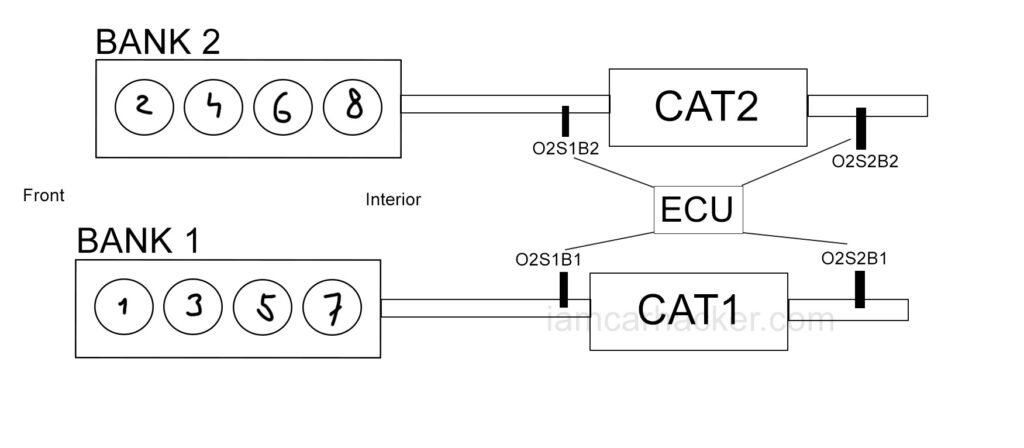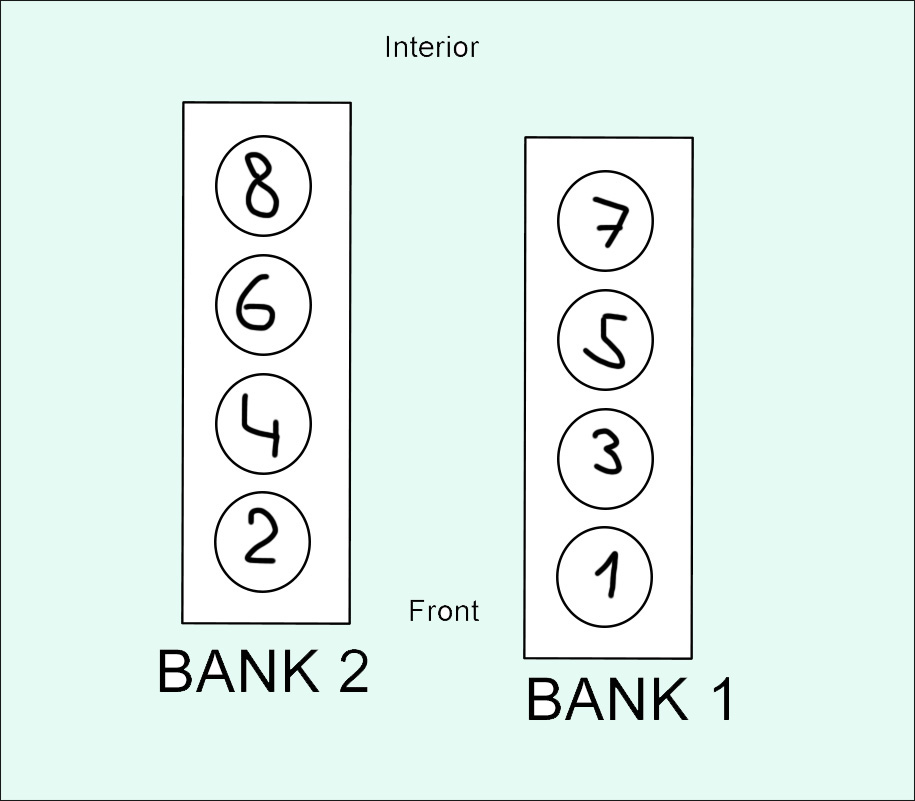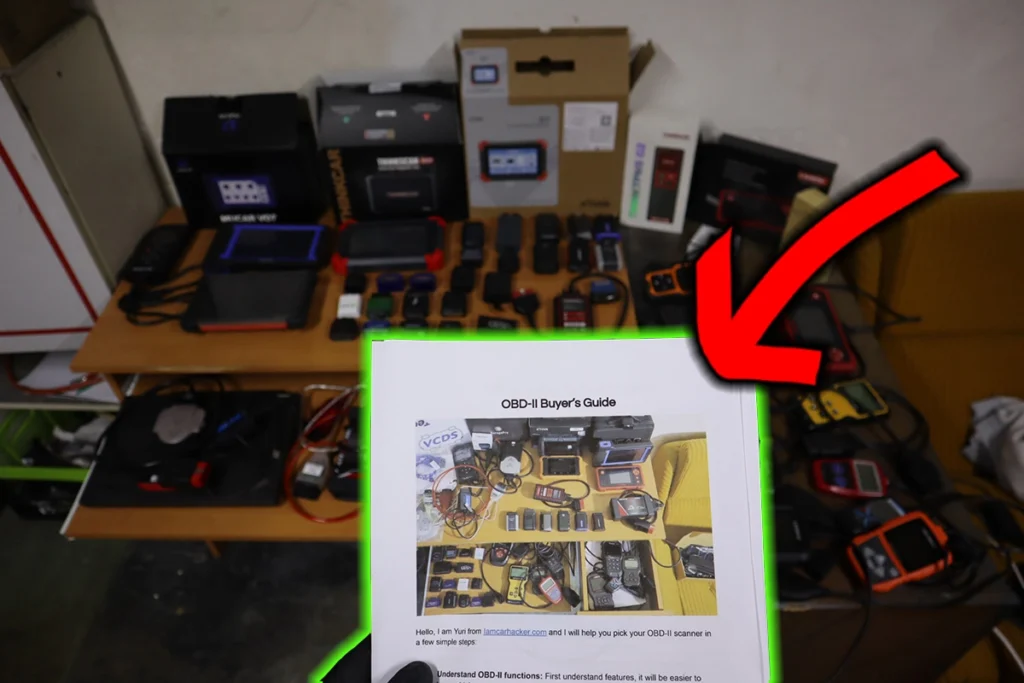When dealing with your car’s engine data, the terms Bank 1 and Bank 2 can be confusing. Here’s a quick guide to help you out.
Banks refer to the sides of the engine. Bank 1 includes the engine head with cylinder number 1, and Bank 2 refers to the opposite side. Inline engines with 3, 4, or some 6 cylinders have only one bank (Bank 1) since they have a single cylinder head. V-shaped engines, however, have two banks: Bank 1 is on the side with cylinder 1, and Bank 2 is the other side.
Identifying Bank 1 and Bank 2
There are a few ways to identify which side of the engine is Bank 1 and which is Bank 2:
- Cylinder 1 Location: Bank 1 is where cylinder 1 is located, usually the side closest to the front bumper.
- OBD Scanner: Unplug an oxygen sensor and use an OBD scanner to see which bank the fault code corresponds to.
- Vehicle Manual: Check your vehicle’s manual for details on cylinder and bank layout.
Sensor 1 vs. Sensor 2
Oxygen sensors are labeled as Sensor 1 or Sensor 2, and they are positioned differently in the exhaust system:
- Sensor 1 (Upstream): Located before the catalytic converter, it measures the air-fuel mixture.
- Sensor 2 (Downstream): Located after the catalytic converter, it monitors the efficiency of the catalytic converter.

V-Shaped Engine Example
In a V-engine, both banks will have their own set of components:
| Component | Bank 1 | Bank 2 |
|---|---|---|
| Engine Head | Engine Head 1 | Engine Head 2 |
| Oxygen Sensor 1 | Before CAT (Upstream) | Before CAT (Upstream) |
| Oxygen Sensor 2 | After CAT (Downstream) | After CAT (Downstream) |
| Catalytic Converter | Catalytic Converter 1 | Catalytic Converter 2 |
Quick Tips
If you have an inline engine, you only have Bank 1, so there’s no need to worry about Bank 2. In V-shaped engines, use OBD tools or vehicle manuals to distinguish between Bank 1 and Bank 2.
Conclusion
Understanding the difference between Bank 1 and Bank 2, along with Sensor 1 and Sensor 2, helps you accurately diagnose and fix issues with your car. Use an OBD scanner and refer to your vehicle’s manual to identify the right components and their locations. Happy fixing!

Hi, I am Juraj “Yuri” Lukacko. I got frustrated by unhelpful and scammy mechanics, so I decided to learn everything about car diagnostics myself. I test dozens of new car diagnostic tools every month along with learning new strategies to fix and customize cars. About Juraj Lukacko (Yuri)

